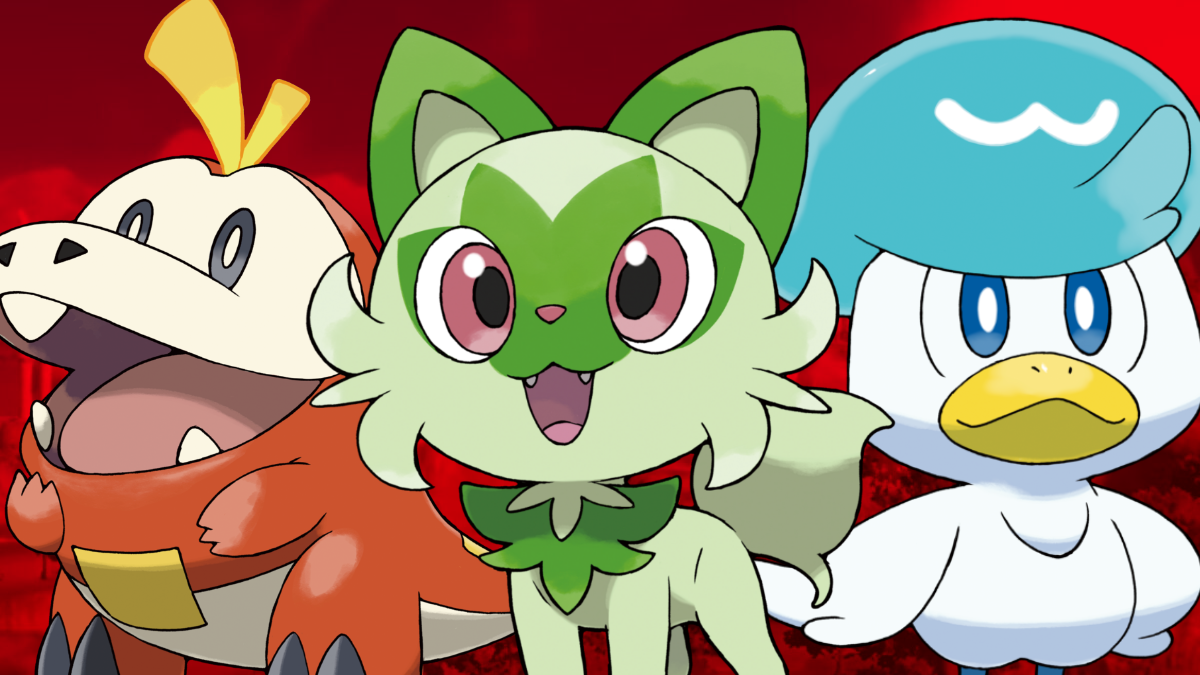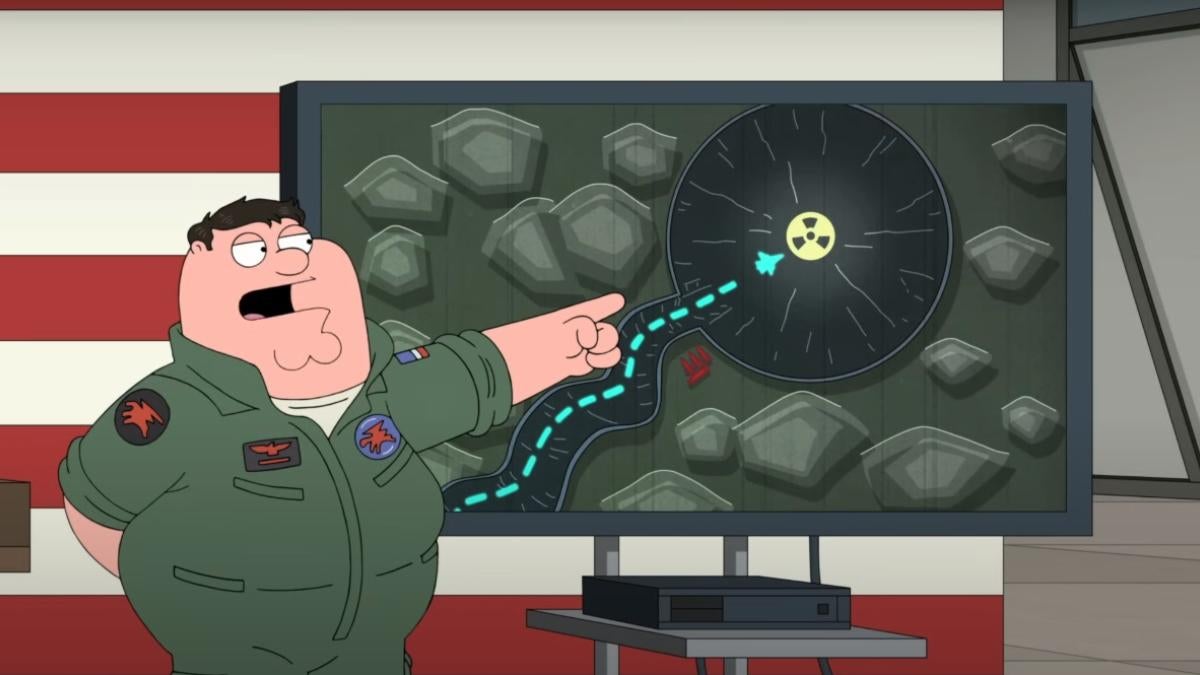Monster Hunter Rise: Monster Weakness Chart Explained
One of the keys to defeating monsters in Monster Hunter Rise is understanding a monster's [...]
One of the keys to defeating monsters in Monster Hunter Rise is understanding a monster's weaknesses. Monster Hunter Rise is out today, giving players a new chance to hunt and harvest monsters. Like previous games, every one of the large monsters that players will have to fight in the game comes with its own fighting styles and weaknesses. However, while other games might explain how to fight every monster through some sort of guided tutorial or on-screen tips, one of the game quirks of the Monster Hunter franchise is that players will mostly have to learn how to fight the monsters on their own.
Monster Hunter Rise actually provides players with handy guides on how to defeat each monster in the Hunter Notes section of the menu. By going to the "Large Monster" section, players can get a breakdown of a monster's fighting style, a list of the body parts that a player can target, and what items the monster will drop when injured or defeated.
The most valuable part of the Hunter Notes is a "Monster Weaknesses" chart that provides a grid of numbers arranged by body part, weapon type, and elemental damage. If you know how to translate the chart, you can figure out what weapon to bring in comment, what elemental damage a monster is weak to, and what body parts a player should target. The only major issue is that Monster Hunter Rise doesn't actually explain what the chart means, so you'll need some help if your a newcomer to the Monster Hunter franchise.
The key to the chart is that large numbers means more damage. For instance, the Bishaten's chart lists that slashing weapons have a "70" for the head, but only a "25" for the torso. That means that using a slashing weapon like the dual blades or long sword is much more effective on the head than on the torso. The Bishaten's tail has a "60" for slashing weapons but only a "40" for bludgeoning weapons, which means that using a sword on the tail is much more effective than a blunt weapon like a hammer.
Elemental damage is listed separately from the weapon type - monsters that consistently have a number listed under a specific elemental damage means they are weak to that type of damage. Going back to the Bishaten, all of its body parts have a number in the ice, fire, and lightning damage columns, indicating its weak to those types of damages. A side-by-side comparison shows that the Bishaten is more vulnerable to ice than fire or lightning, so you likely want to bring a slashing weapon that has ice elemental damage to use when fighting this monster.
Each monster has its own weaknesses, and usually aiming for a weak spot will leave you open to more attacks. The key is coming up with a good strategy in advance and bringing the right equipment into a hunt.
Monster Hunter Rise is available now on the Nintendo Switch.




